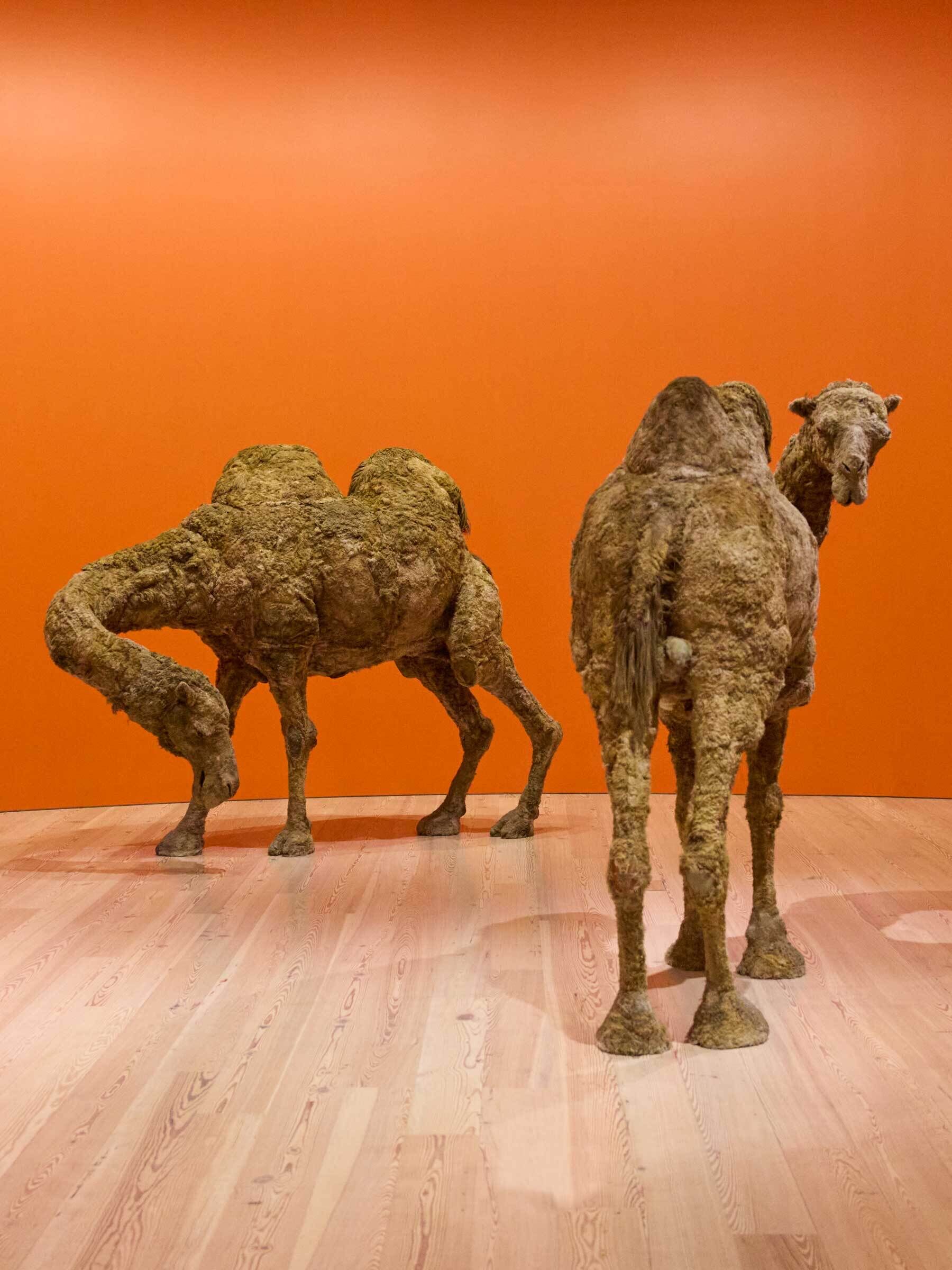Niki de Saint Phalle
1930–2002
Introduction
Self-taught artist; worked with romantic partner and then husband Jean Tinguely. Part of the Nouveaux Réalistes group from 1961. Known for assemblages that were shot with guns to release paint, other assemblage works, collaborative monumental sculptures with Tinguely, and usually figurative sculptures of the female form that she called "Nanas."
Country of birth
France
Roles
Artist, author, graphic artist, installation artist, manufacturer, painter, scenographer, sculptor, theatrical painter, writer
ULAN identifier
500024269
Names
Niki de Saint-Phalle, Niki De Saint-Phalle, Niki De St. Phalle, Niki De E, Catherine Marie-Agnès Fal de Saint Phalle, De Saint-Phall Mathews, Niki Mathews, Niki de Saint Phalle, Niki de Saint- Phalle, Niki de St. Phalle, Niki de Saint-Phall, Catherine Marie-Agnès Fal de Saint-Phalle, Niki De St. Phall, Niki de St.-Phalle
Information from the Getty Research Institute's Union List of Artist Names ® (ULAN), made available under the ODC Attribution License. Accessed December 19, 2025.

